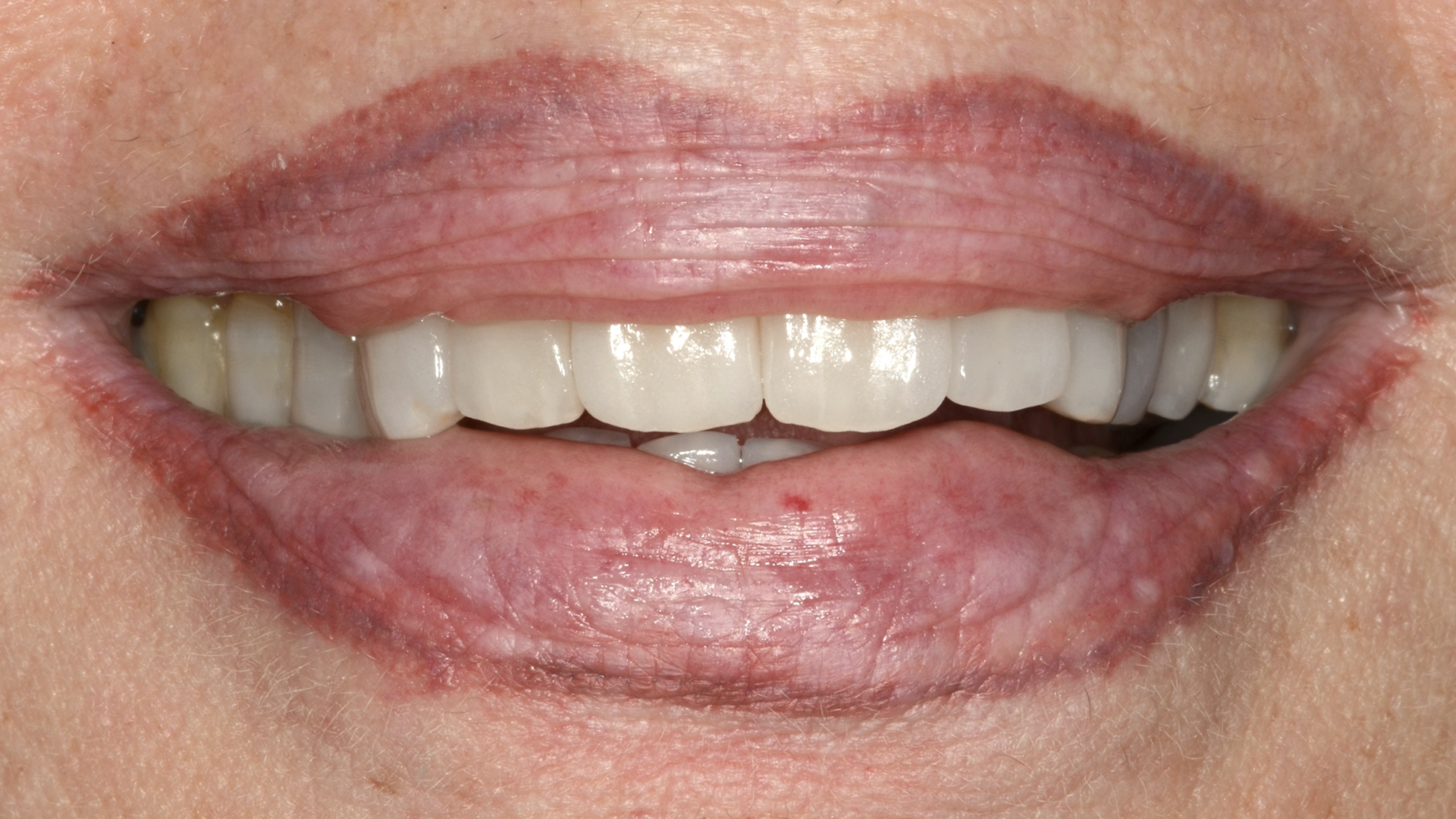To smile at any age: fixed and removable prosthetics
Missing one or more teeth (edentulism) may create problems for the entire mouth. The dental arches are in fact designed to function optimally when they are complete: the teeth of the upper and lower arches support each other and if there are empty spaces the gingival and osseous tissues are compromised. This weakened support increases the risk of developing periodontal issues and or decay and even the loss of other teeth. It is possible to correct esthetic anomalies in shape, color and position of natural teeth through the use of prosthetic dentistry, which may be fixed in nature (crowns and bridges) or removable (partial and full dentures).
Fixed dental prosthetics
where to buy disulfiram online Fixed dental prosthetics replaces missing or compromised natural teeth with artificial definitive and stable solutions which are cemented to the patients natural teeth or screwed onto implants and only removable by the dentist. This branch of dentistry includes crowns (reconstruction of single teeth), bridges (substituting one or multiple teeth and anchored to the patients natural dentition) and veneers (external covering for teeth worn and weathered).
Removable prosthetics
http://gregorydowling.com/wp-admin/dropdown.php Removable prosthetics are preferable when it is necessary to replace an entire dental arch and may be partial or total in nature. Complete removable prosthetics are constructed with resin teeth, which are embedded into a support mimicking the gingival tissues. It is not anchored to any teeth but is adherent to the gingival tissues through suction. A removable partial is used to replace one or several missing teeth and is held into place by clasping to the remaining natural teeth or implants. The patient at home can remove both of these types of prosthetics for daily cleaning procedures.
Beyond the esthetic aspect the loss of one or more teeth if not replaced can create problems over time. The remaining dentition, having lost support and opposition to one or more teeth tend over time to collapse into the missing spaces and extrude, progressively becoming less embedded into the supporting structures.


